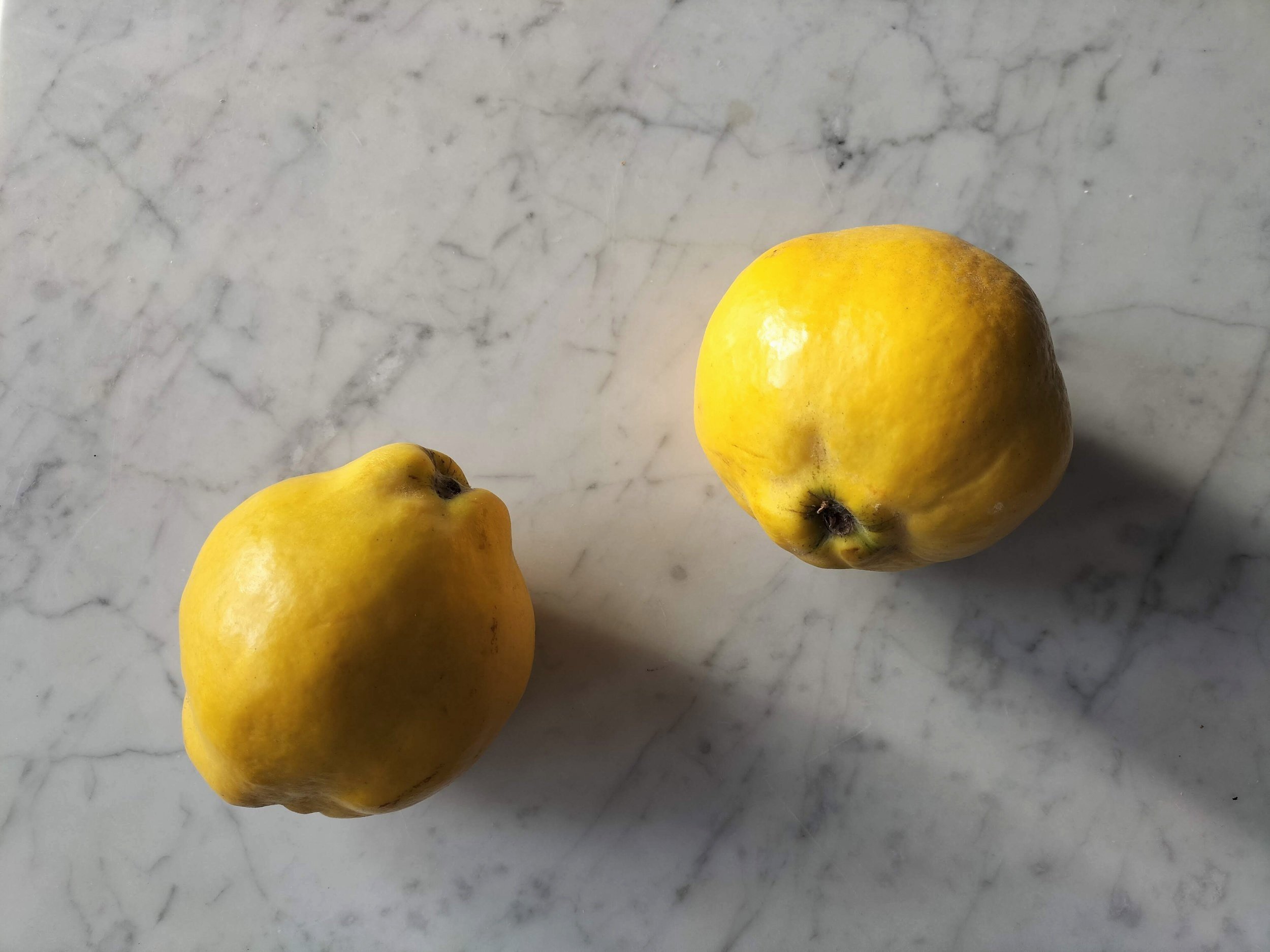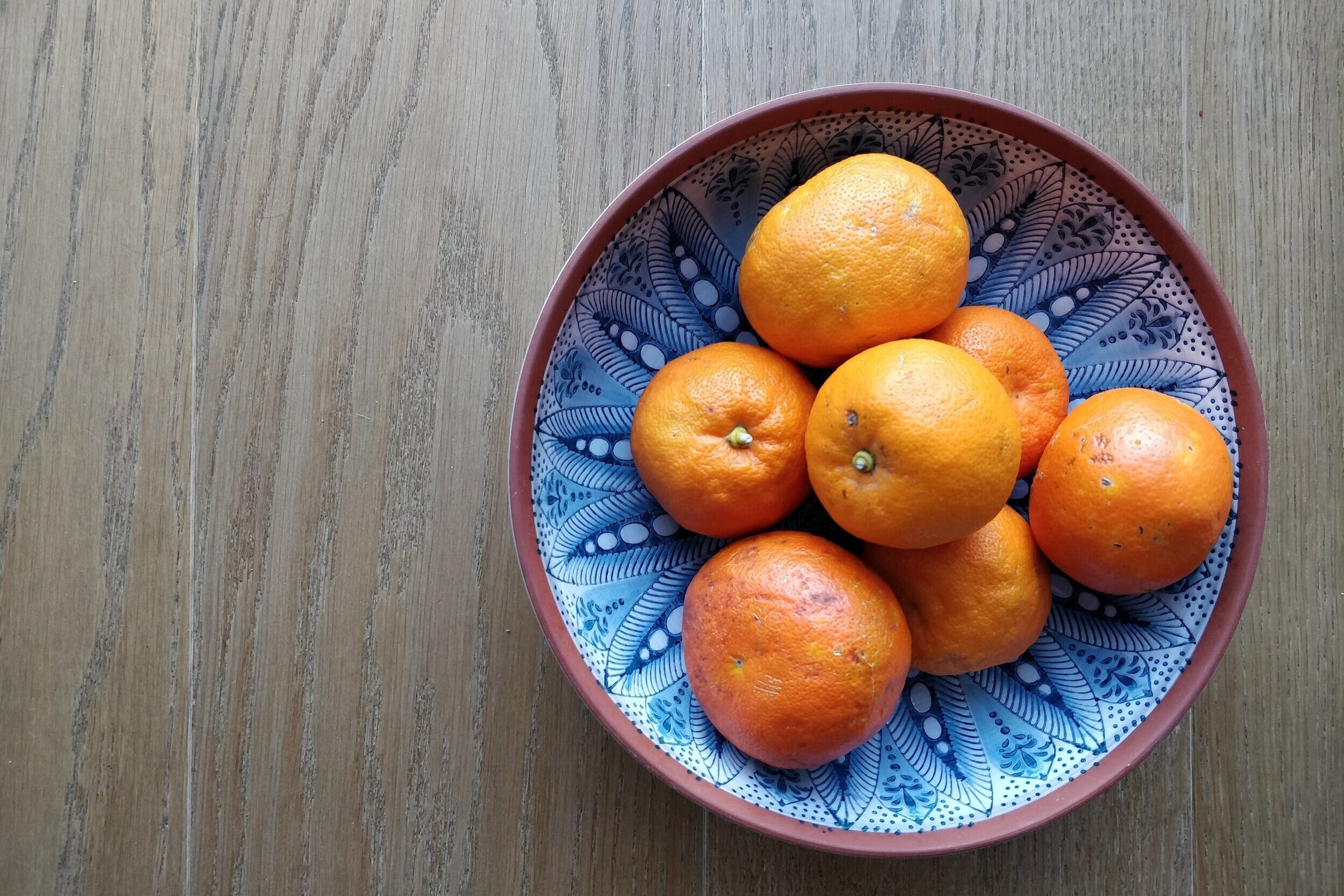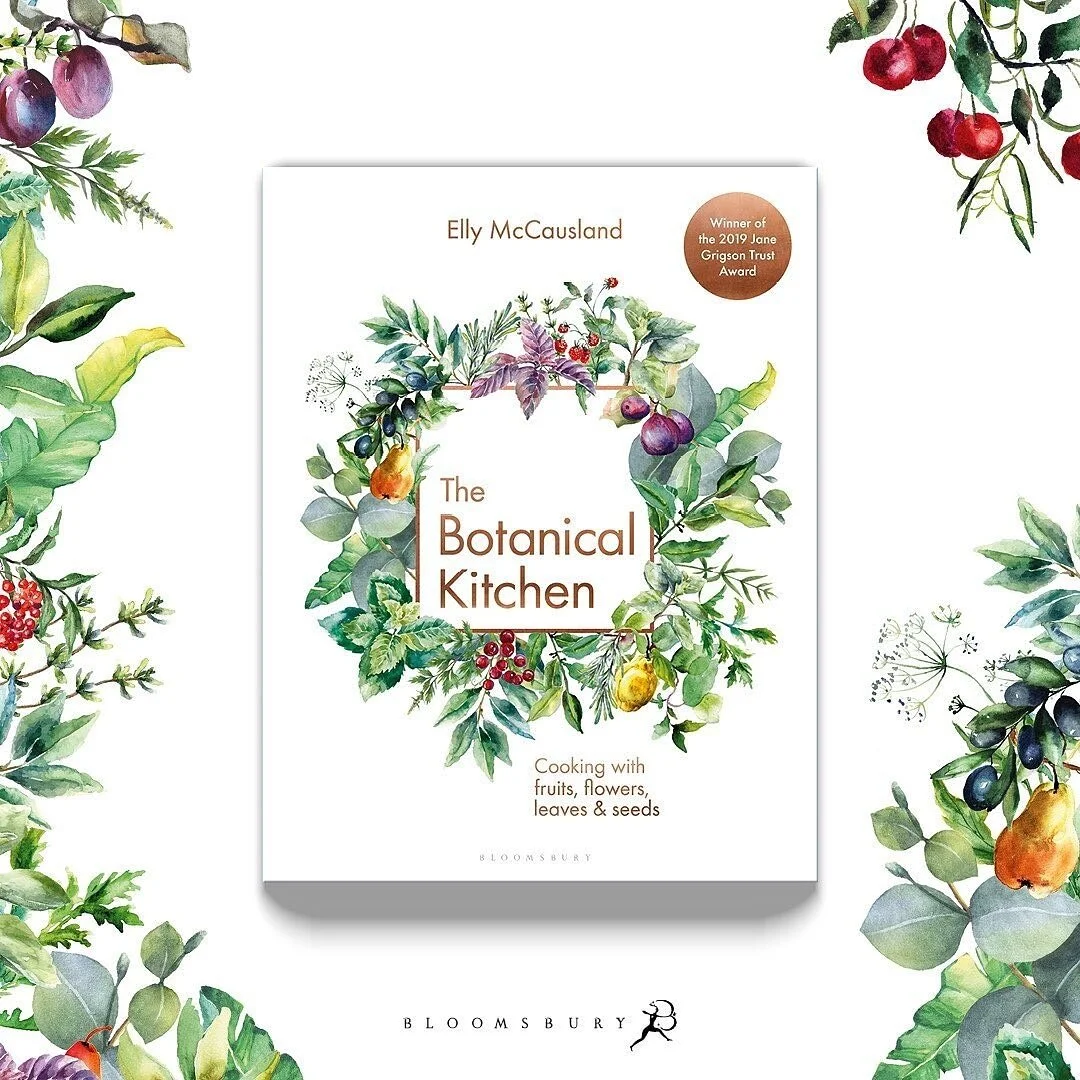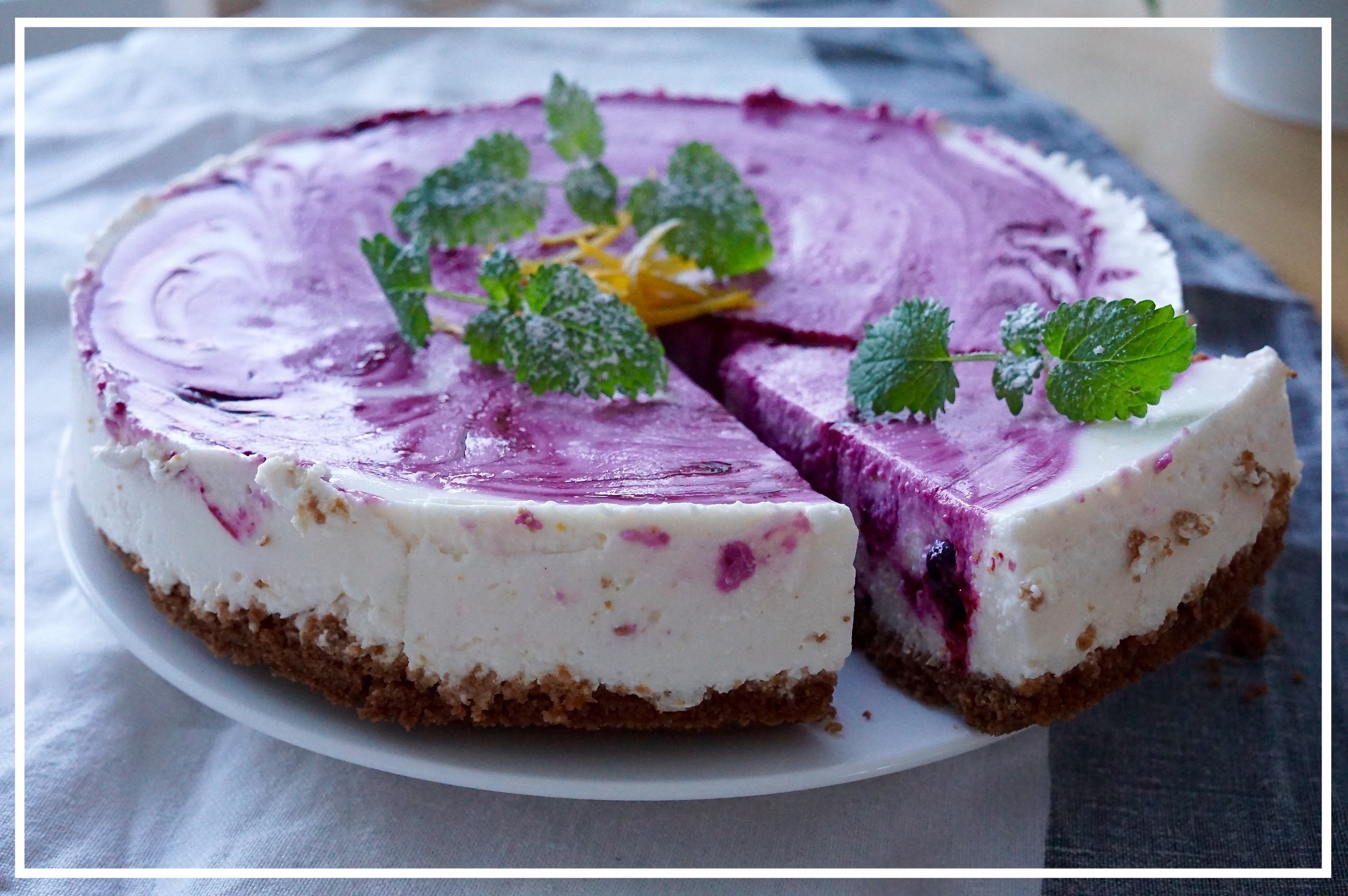In 2022, the website TasteAtlas published their annual ‘World’s Best Cuisine’ awards. The award involved ranking 95 world cuisines according to audience votes for ingredients, dishes and beverages, and its methodology and subjectivity were thus somewhat questionable. Perhaps unsurprisingly, Italian, Greek, Spanish, Japanese and Indian cuisines topped the rankings, and so the media were less interested in these predictable front-runners than in the cuisine with the dubious honour of coming bottom of the list: Norway.
Read moreOn the meals that never were
In the pilot episode of HBO’s hit series Six Feet Under, funeral director Nathaniel Fisher Sr. is hit by a bus while driving home on Christmas Eve. Receiving news of her husband’s untimely death, Ruth Fisher hurls first the phone, then the Christmas dinner she is in the midst of cooking, to the ground. A tray of roasted meat and vegetables clatters to the floor. Amidst staccato shrieks, she sweeps jars, pots, knives and plates from the worktop, then sits hunched against the oven, the dismantled debris of a pot roast around her feet. A ladle, slicked with grease, lies redundant on its side. ‘Your father is dead,’ she tells her son. ‘And my pot roast is ruined.’
Read moreOn feminism and fermentation
There is perhaps no greater conversation stopper than, as a woman in your early-to-mid thirties, responding to the question ‘Do you have children?’ with a simple ‘No.’ Having dealt with the life admin of moving countries for the third time this year, it’s a question I have been asked a lot, and it has become increasingly apparent that answering with unadorned factual accuracy and nothing more is likely to kill the conversation before it even started. There’s no bonding over shared parental experiences; no easy sharing of candid family snaps on phones. There are only two possible follow-up responses on the part of the enquirer: ‘Oh, OK’ (R.I.P. conversation) or ‘Why not?’ (R.I.P. the person who asks this question). Thoroughly British at heart in terms of my heightened sensitivity to social awkwardness of any kind, I noticed I had taken to filling the uncomfortable silence with the jovial comment, ‘But I have 120 houseplants, so that’s almost the same!’
Read moreOn happiness being, in fact, a potato
I have long nursed a deep love for Charlotte Brontë’s 1853 novel Villette. It is a love made stronger by the fact that it is rarely shared. My friend and colleague Matt, upon hearing that I had decided to put Villette on my Victorian literature syllabus, responded with a derisive snort and expressed his sympathy for my poor students. Those poor students went on to prove him right, bursting into violent critique at the beginning of the seminar when I asked, as I always do, for their general thoughts on this week’s reading. They argued hotly for its tedium, its highly unlikeable narrator, its excessive length. Voices were raised. Passionate gesticulation occurred. I was thrilled.
Read moreOn wasting food, and why banana bread is (probably) not the answer
Every few weeks, it seems, we’re treated to a swathe of articles across the media aimed at helping us to waste less food. It has recently been recognised that food waste is not merely a symptom of our growing food insecurity – thrown into sharp relief by the pandemic – but a cause of it too. Food waste accounts for approximately 6-8% of all human carbon emissions, with approximately a third of the food the world produces – some estimates run as high as 40% - going to waste. Rotting food in landfill produces the greenhouse gas methane, which is directly linked to climate change, but it’s also a huge waste of all the precious energy used to grow, harvest, package and transport that food. It is a senseless crisis on both an environmental and a humanitarian level, with famines raging across the globe while perfectly edible food rots in dumpsters thousands of miles away.
Read moreRedcurrant, pecan and cinnamon scones
A few weeks ago, my neighbourhood exploded in crimson. Like beads of blood shaken briskly from a deep wound, pendulous redcurrants started to dangle from the bushes lining the streets. Their weighty chain-like stems drooped abundantly, inviting birds and passers-by to gorge on their bright, tart goodness. And yet gorge they did not. Every time I wandered past I would survey the crop covetously, convinced that those who had an actual right to the bushes and their bounty would soon awaken to the ripeness of the harvest and take full advantage, but the day never came. The currants lingered. I waited. I decided enough was enough.
Read moreNorwegian(ish) blackcurrant custard buns
It is a myth universally peddled that Scandinavia has excellent baked goods. The British press, in particular, would have you believe that if you walk into any coffee shop or bakery across the entire Nordic region (they very rarely pause to acknowledge that Finland and Iceland are not, technically, part of Scandinavia) you will be greeted by an exquisite smorgasbord of soft, buttery delights, the gentle waft of cinnamon and cardamom softening the pungent accent of freshly ground coffee. And indeed this would be the case, were you to walk into any bakery across Sweden or Denmark. Norway, however, is another story.
Read moreOn a friendship without food
For as long as I can remember, friends have been synonymous with food. Like T. S. Eliot’s J. Alfred Prufrock, measuring out his life in coffee spoons, I’ve measured out my friendships over the years in myriad greaseproof-wrapped parcels. There have been salted caramel brownies posted across the country to someone I admired; still-warm cakes balanced across bicycle handlebars on the way to various birthday parties; homemade biscuits snatched from the worktop on my way out to meet the diverse companions of endless pandemic walks. Friendships have been forged in the fire of a hot oven, consolidated through the bestowing of a freshly-baked loaf or a tinfoil parcel of flapjacks still oozing the aromas of hot butter and toasted oats. When I think of my dearest friends, I think as much of the feasts we have shared together as of their faces. Like some strange form of epicurean synesthesia, my love for them can be mapped onto the devouring of particular dishes, the ambience of particular restaurants, or the minutiae of preparing a particular recipe. A close group of friends in London will forever be associated with the night we rustled up a feast that, owing to various last-minute cancellations, saw us eating an entire block of halloumi each. My best friends from university are inextricably tied in my mind with our annual New Year’s cheese feast, also featuring a chocolate concoction now referred to, following a memorable typo, as ‘desert mouse’. I cannot separate the thought of my friend Victor from the time I once watched in disbelief as he popped whole segments of raw quince into his mouth.
Read moreOn missing breakfast in a pandemic
We’ve reached that awkward, liminal stage of the pandemic where, rather than simply wallowing in misery, weight gain and relentless tedium, it has apparently become acceptable to turn to another person (from two metres away, of course) and ask them: ‘Where is the first place you want to travel to, when this is all over?’ Now that there is the tiniest sliver of light at the end of the plague tunnel, thoughts inevitably turn to how we might embrace our new-found freedom. It has taken precisely two iterations of this question for me to become sick of it. My standard response, now, is simply to roll my eyes and say ‘Literally anywhere. I don’t care.’
Read moreOn seasonality, stockpiling, and Seville oranges
The other night, I made Claudia Roden’s famous boiled orange cake. So much more wonderful than that rather prosaic description suggests, this cake is the stuff of legends in the recipe world. Variations on its theme in cookbooks are invariably accompanied by an introduction reassuring you that you need not be sceptical of boiling two oranges in their entirety then folding their pulverised forms into a cake batter: the result is a delectably moist, fragrant cake packed with citrus aroma and the moreish (and, indeed, Moorish) hit of slight bitterness that only boiled orange rind can provide.
Felicity Cloake, in her Guardian ‘Perfect’ column from 2017, argues that neither tangerines nor navel oranges ‘can touch the gloriously tangy Seville for flavour’ in this cake: during their short season, ‘you can’t beat them’. Luckily for me, it happens to be Seville orange season. So why did I make this cake the other night using two rather sad, bullet-hard sour oranges from the freezer, when in my fridge’s salad draw sat an entire drawstring bag full of fresh Sevilles?
Read moreWhen food stops being fun
It’s been years since I last wrote anything substantial on here, but I decided on a whim that 2021 would be the year I revived this neglected corner of the food internet. I wish I could claim that such a decision was the result of an inspirational bolt from the blue, or a wholesome desire to do more things that I enjoy as a result of the miserable devastation wreaked by 2020…but the honest truth is that I had to pay 155 dollars to Squarespace for the privilege of reinstating my expired domain, and I’ll be damned if I let that money go to waste. I will chain myself to this desk and churn out post after post until I feel some arbitrary sense of having gotten ‘good value for money’. Welcome to 2021 on Nutmegs, seven: powered by stubbornness, excessive thriftiness and a vague, directionless sense of spite. It’ll still be an improvement on 2020.
Read moreMy debut cookbook is out now!
I am delighted that I can finally share my debut cookbook with you all. The Botanical Kitchen was published by Absolute Press/Bloomsbury on 19 March. It’s a journey through the history of our love affair with botanical ingredients - fruit, leaves, flowers, seeds - that covers their provenance, unique flavour profiles, and how to source the best and maximise their potential in your kitchen. From lime leaves to lemon verbena, pomelo to persimmon and everything in between, there are 90 glorious recipes in here and I am so proud of each and every one. Spiced pumpkin cheesecake, duck Thai curry with lychees, quince and saffron compote, slow-cooked lamb with lavender and lemon, strawberry tart with basil sugar, pear and chestnut cinnamon buns…it’s full of sweet and savoury ideas for incorporating nature’s bounty into your cooking. The photography and food styling by the lovely Polly Webster is absolutely sublime, too, so it’s a book to treasure and enjoy reading as well as cooking from. I hope you love it as much as I do.
Order here on Amazon, or visit your local bookshop!
The Botanical Kitchen + Jane Grigson Trust Award
‘Writing a book is for me an act of faith and folly’, wrote the immortal Jane Grigson in the last year of her life. I would never presume to improve upon the observations of one of my food writing heroes, but if you’ll allow me to tweak them slightly, I might add that ‘writing a book is for me an act of faith and folly, and the reason I haven’t posted on this blog in many months’. That’s right: after many years of thinking it would never happen, I am finally writing my first cookbook. The Botanical Kitchen, an in-depth survey of our passion for all parts of the plant - from rose petals to raspberries, blackcurrants to bergamot, and lavender to lime leaves - will be published by Absolute Press next spring. It combines my love of literature, food culture and history with my passion for experimenting with herbs, spices, fruit and tea, and I hope it will have a place in the heart - and the kitchen - of many a keen cook. Furthermore, last night it was my honour to win (jointly with the fantastic Dan Saladino) the Jane Grigson Trust award for a first book in food/cookery, which has given me a renewed passion for bringing all things botanical to a wider readership. So, I hope you’ll excuse the lack of activity on this blog while I work away at something I’ve been desperate to bring to fruition (pun absolutely intended) for many years now. I’ll be sharing updates occasionally on instagram, if you want to keep track of my recipe testing!
Summer fruit and almond cakes with Eton Mess tea syrup
If for you, like me, (nearly) a whole summer of warm weather and sunshine means an excuse to be in the kitchen experimenting with ice cream flavours, then no doubt you’ll end up with lots of leftover egg whites. Don’t throw them away – freeze in small plastic bags, labelled with the number of whites, then simply defrost as needed for your recipes (or keep in the fridge for up to a week). I remember once reading Nigella Lawson saying she sometimes separates eggs directly over the sink so she doesn't have the stress of figuring out what to do with all the leftover whites. Nigella, this one is for you.
Read moreMatcha lemon tart
I think I would consider lemon tart to be the most dangerous dessert. Not dangerous in the way of Japanese fugu or anything, I’m not claiming that it will kill you if incorrectly prepared, but dangerous in that capable-of-completely-abolishing-all-willpower sort of way. There’s something about the irresistible mix of buttery pastry, silky custard, and the snap of lemon that seems to prevent you reaching that overload threshold you get with other desserts. Because it has a welcome acidity from lemons, you can just keep on going without feeling yourself slip into a sugar coma. Until you do, of course, slip into a sugar coma, one that has crept up on you like some kind of saccharine ninja and left you defenceless.
Read morePersian sweet lemon and wild blueberry cheesecake
As food geeks, we all have a few ‘fun facts’ up our sleeve, right? Random snippets of foodie info that we use to pepper the conversations at parties or liven up a boring first date? Don’t tell me you’ve never reached for a bit of asparagus-related trivia to brighten up a dull moment, or quietened a room by pointing out that red Skittles are coloured with smushed-up insects. If you haven’t, I’m certainly never going to a party with you.
Read moreLavender tea shortbread hearts
I never thought I'd be one of those bloggers, the kind that post gimmicky heart-shaped or red velvet creations to mark the otherwise utterly meaningless fourteenth of February. To be honest, these were made a couple of weeks ago, and they just happen to be heart-shaped, because I thought they'd make more interesting photos than simple rounds. But ignore that if you're a hopeless romantic: these would also make a lovely gift for your Valentine. Or your colleagues, as in my case. Or your friends. Or your mum. Shortbread doesn't make distinctions. Shortbread is always loving.
Read moreSpiced pumpkin pie and maple pecan cheesecake
The season for pumpkins is over!, I hear you cry. Well, not if you're me, and you've spent the last two months steadily stockpiling massive gourds so that you now have a small collection on your balcony, enjoying a radiant sea view. In my head I refer to them as The Gourd Gang, and they're a mighty attractive bunch, some with delicate slate-blue skins, some knobbly and dark green. I'm pretty sure I've burned enough extra calories from lugging them around town in my bike panniers (at one point I was carrying three, which is basically like having a pregnant bike) to justify an extra large slice of this recipe, which remains my favourite ever sweet dish with pumpkin. (Contenders for the savoury title are a lasagne, a Thai coconut noodle soup, and Italian pumpkin ravioli with sage brown butter. In case you were wondering, which I'm sure you were).
Read moreChristmas cake snowballs, Scandi-style
They are based on a Danish sweet treat, havregrynskugler, which essentially means ‘oat balls’. I first tried these at one of my favourite hyggelig cafes in Aarhus, a delightful little place attached to a deli and farm shop. For that reason, I assumed the oaty things they had out on the counter would be some kind of worthy, uber-healthy raw cake or similar, and finding myself in need of a snack with my cup of tea one day, I decided to try one. I was surprised by how utterly delicious it was, with the nutty, slightly sweet taste of oats that took me straight back to making flapjacks and oat biscuits as a child. I remember once trying to eat raw oats out of the jar, assuming that they were what made the flapjacks taste so good, so by that logic they should be delicious on their own. I was wrong. I am not a horse. My oats need to be doused in butter and sugar.
Read moreSpiced pumpkin pie tea loaf with apple and blueberry
A week or so ago, I was standing in our office kitchen at breakfast time waiting for the toaster to beep. This story requires you to be familiar with the concept of a Danish toaster, so we’ll get that vital detail out of the way first. The Danes, being the edgy, thinking-outside-the-box, design-conscious folk that they are, have quite literally turned the concept of the toaster on its head. They have horizontalised the toaster. Where us plebs in England drop our flaccid sliced Hovis into a fiery, gaping maw, where it sits clamped between metallic jaws and undergoes a thrilling gamble of a transformation that could either result in charcoal or warm dough, but never the sweet Goldilocks stage in between, and which requires you to either interrupt the whole process to check on its progress or to stick your face into the mouth of the beast and risk singed nasal hair, and which is really only appropriate for bread the precise thickness of a pre-sliced loaf or, at the very most, a crumpet – heaven forbid you should try and insert your wedge of artisanal sourdough or pain au chocolat into its tantalizingly precise orifice – the Danes have realized the many potential perils of this situation. (Not least, the possibility of dropping your house keys into the slot and causing a minor explosion, as my mother once managed to do in a feat of ineptitude that still astounds and perplexes me).
Read more


















